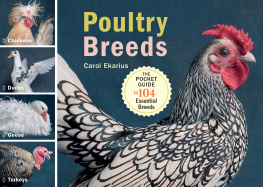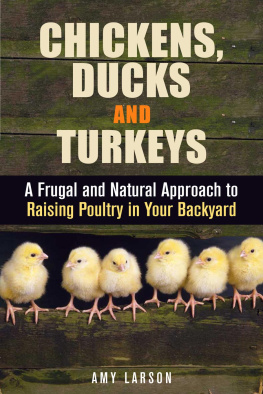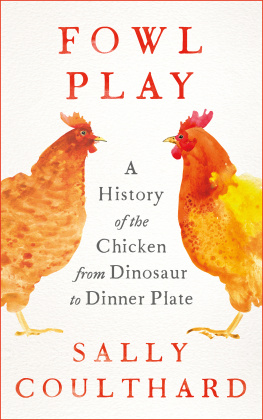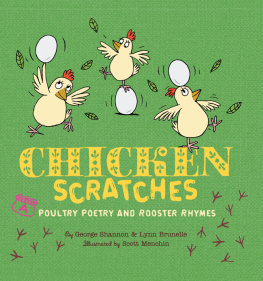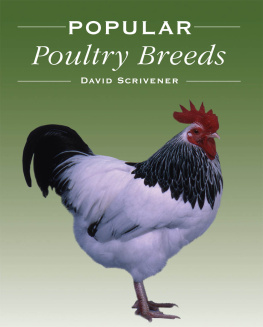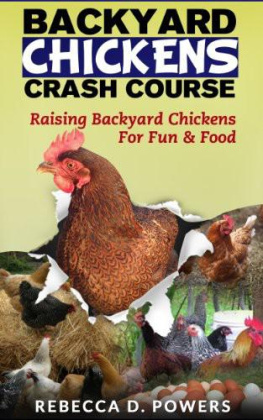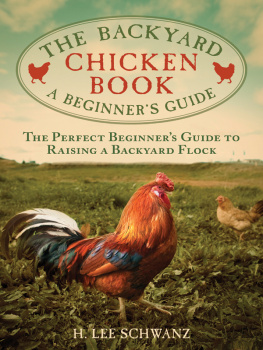Percy - The field guide to chickens [over 60 detailed breed profiles, glossary, classification table & resource list, fascinating 8,000-year history]
Here you can read online Percy - The field guide to chickens [over 60 detailed breed profiles, glossary, classification table & resource list, fascinating 8,000-year history] full text of the book (entire story) in english for free. Download pdf and epub, get meaning, cover and reviews about this ebook. City: St. Paul;Minn, year: 2006, publisher: MBI;Voyageur Press, genre: Detective and thriller. Description of the work, (preface) as well as reviews are available. Best literature library LitArk.com created for fans of good reading and offers a wide selection of genres:
Romance novel
Science fiction
Adventure
Detective
Science
History
Home and family
Prose
Art
Politics
Computer
Non-fiction
Religion
Business
Children
Humor
Choose a favorite category and find really read worthwhile books. Enjoy immersion in the world of imagination, feel the emotions of the characters or learn something new for yourself, make an fascinating discovery.

- Book:The field guide to chickens [over 60 detailed breed profiles, glossary, classification table & resource list, fascinating 8,000-year history]
- Author:
- Publisher:MBI;Voyageur Press
- Genre:
- Year:2006
- City:St. Paul;Minn
- Rating:4 / 5
- Favourites:Add to favourites
- Your mark:
The field guide to chickens [over 60 detailed breed profiles, glossary, classification table & resource list, fascinating 8,000-year history]: summary, description and annotation
We offer to read an annotation, description, summary or preface (depends on what the author of the book "The field guide to chickens [over 60 detailed breed profiles, glossary, classification table & resource list, fascinating 8,000-year history]" wrote himself). If you haven't found the necessary information about the book — write in the comments, we will try to find it.
The story of the chicken traces the interactions of cultures around the globe. From Southeast Asia 8,000 years ago, chickens spread to ancient China and Japan, the Middle East, Europe during the rise and fall of the Roman Empire, and, from there, the world. Today, chickens fuel our poultry meat and egg industry. They also inspire the time-honored tradition of poultry exhibition and, increasingly, can be found in the backyards of folks who yearn for a simpler time. The Field Guide to Chickens provides a wealth of information on the sixty-one chicken breeds recognized by the American Poultry Association. From utilitarian egg layers to exotic show birds, from tiny bantams to large fowl, Pam Percy enlightens readers on the wonderful world of poultry. Essential for tyro fowl fans as well as longtime chicken breeders, this handy pocket-sized field guide includes a glossary, resources, and chapters describing the chickens history, behavior, eggs and chicks, and everything but the...
Percy: author's other books
Who wrote The field guide to chickens [over 60 detailed breed profiles, glossary, classification table & resource list, fascinating 8,000-year history]? Find out the surname, the name of the author of the book and a list of all author's works by series.



